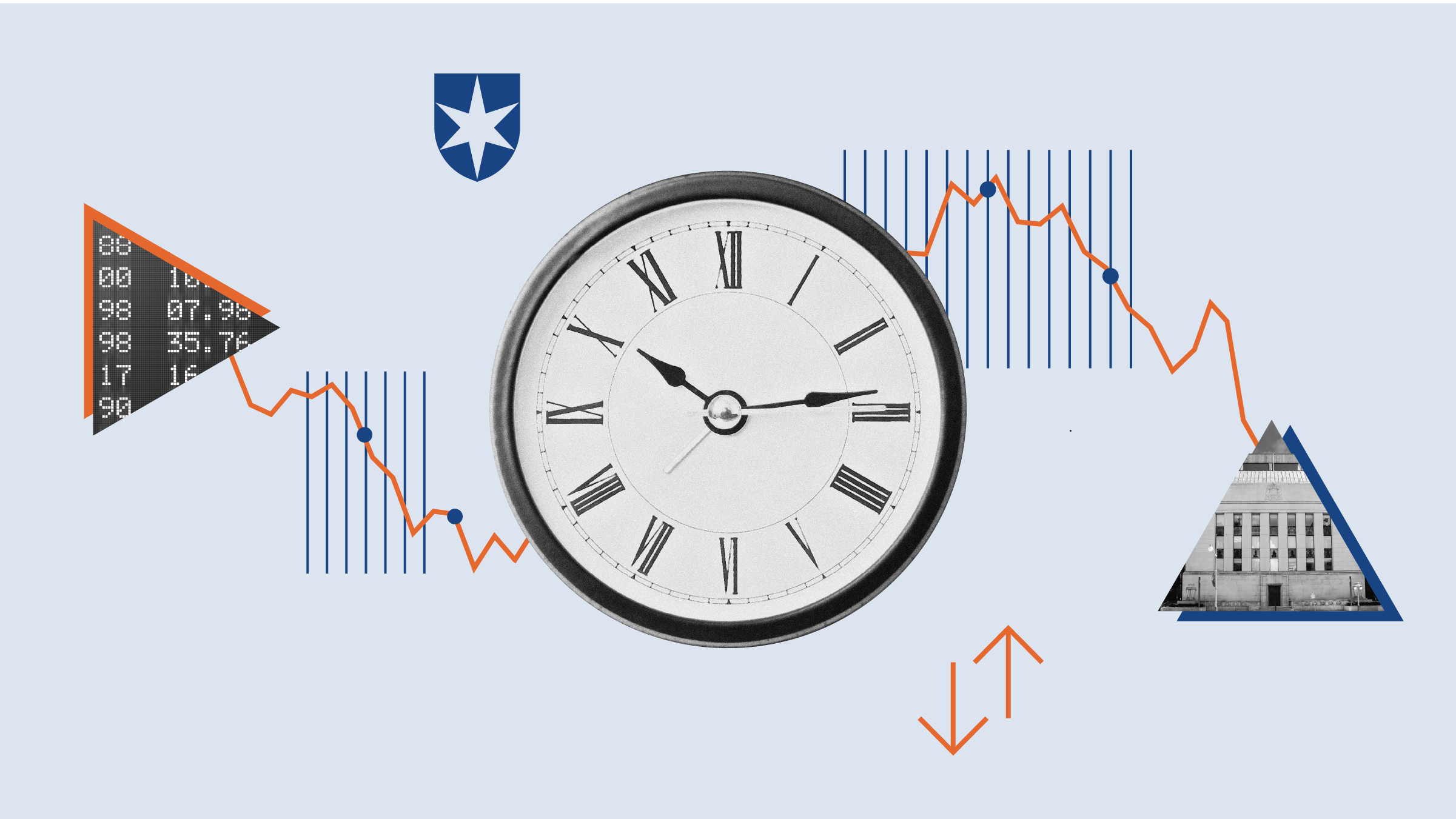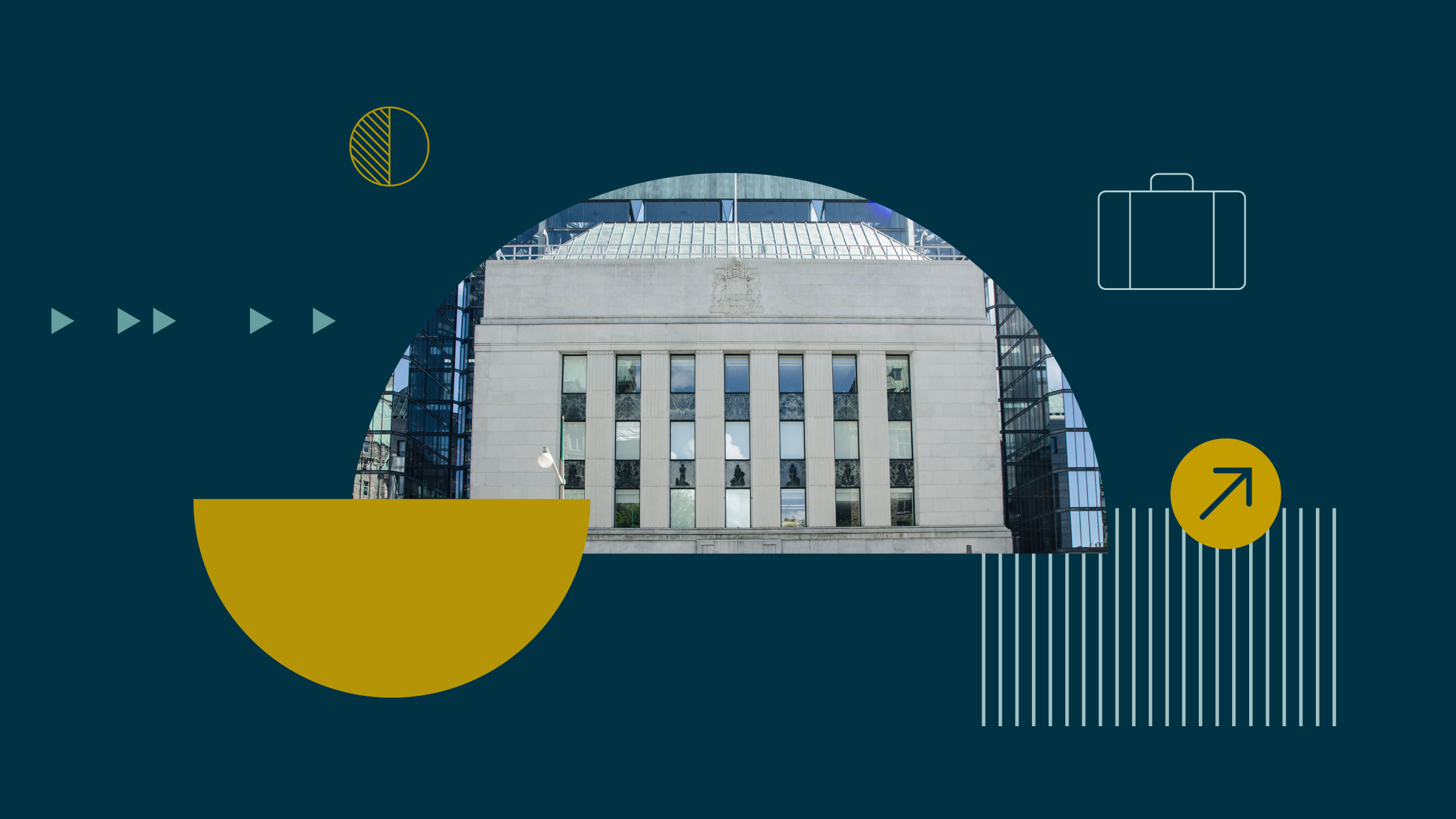Editor's note: This video was filmed during Morningstar's ETF Invest Conference held in Chicago in September 2014.
Bob Goldsborough: Hi, I'm Bob Goldsborough, an analyst covering passive strategies here on the manager research team at Morningstar. Here with me at the Morningstar ETF Invest Conference is David Abner, who is the head of capital markets for WisdomTree, a publicly traded ETF provider that is known for several kinds of funds, including dividend ETFs, currency-hedged equities ETFs, and also for being an early adopter of innovative indexes.
David is here at the Morningstar ETF Invest Conference to discuss tricks of the trade or tips for retail investors and advisors on how better to trade ETFs. David, welcome.
David Abner: It's great to be back here, Bob. I love the Morningstar Conference.
Goldsborough: David, I wondered if we could start off by talking a little bit about what you think is the single most underappreciated aspect of trading ETFs.
Abner: Underappreciated is easy! Of course, it's the fact that many people think that ETFs need to trade every single day. And they don't appreciate the fact that more and more advisors, in particular, are using ETFs as core pieces of the portfolio. And they don't need to trade every day. They are designed now as investment products, where you put on a position and you hold that position for days, weeks, even months or years.
I think it's underappreciated because people look at the name "exchange-traded funds" and, oftentimes, the first thing they look at is the volume and they say, "This ETF isn't trading every day. It must not be working." It's a complete mistake to look at the funds that way. They are not appreciating the fact that investors don't need to be trading their portfolios every day to be holding good products.
Goldsborough: And you see this as a change for the industry from two, three, four, or five years ago?
Abner: Absolutely. You can look at asset numbers and where those assets are now, in which funds, and what the trading characteristics of those funds are, and you can see that over the last four or five years, we've really done, what I consider to be, a great job at educating people on the mechanics of ETFs. How they work, how they should trade, and how they should implement them into portfolios. There's a lot more to do, of course, on the education side. But you can see in asset growth that people are starting to broaden their use of ETFs. They are moving down the curve. They've gotten over the hump of volume being a restrictive function of the product, and they are really starting to utilize the product set better.
Goldsborough: David, let's shift gears a bit and talk about liquidity. What are ETF investors missing when it comes to understanding liquidity?
Abner: Liquidity is a great question because people don't realize they make the mistake of looking at volume and assuming that is liquidity. Volume in an ETF does not equal liquidity. The two could not be farther from the same thing. They're not equal. Liquidity of an ETF comes from primarily its underlying basket, the components that the ETF holds, and then a variety of other things: what correlates to it, other futures and options that may be related to it that market makers can use to provide liquidity.
The volume of an ETF is strictly what has traded in that ETF over the past. So, I think we are seeing people now starting to understand that. We are seeing quantitative metrics like the implied liquidity number that show people how to assess potential liquidity in an ETF, and they're getting over the hump in that thinking.
Goldsborough: David, WisdomTree Japan Hedged Equity ETF has been one of your firm's successes. A lot of U.S. ETF investors are interested in Europe and Japan right now as well. What are some practical tips that you'd give to investors interested in investing in these kinds of funds from a trading standpoint?
Abner: We have seen a tremendous amount of interest in both Japan and Europe--you're right. And Europe is a great case in how you should think about trading. If you are able to trade the fund throughout the day with a European ETF, you should expect to see a more advanced and deeper liquidity structure on the fund in the morning--in our time--while Europe is open as opposed to later in the afternoon.
So, I think a takeaway for that would be if you're an advisor and you're looking to trade some of our European ETFs, you should think about accessing the liquidity markets early while Europe is open. You'll get much bigger amounts of capital commitment from the liquidity-providing universe and spreads should, therefore, be tighter as well at that time as opposed to trading later in the afternoon. It's not to say you can't trade later in the afternoon, but I would expect you'll see a different liquidity picture from one time to the other.
Now, Japan is a different topic because it's closed throughout our trading day. So, we actually see tremendous--and equal--liquidity in Japan throughout the day because it's such a popular fund.
Goldsborough: David, I wonder if we could shift gears a little bit and talk about limit orders versus market orders. For some investors, there is a mantra or a notion in their heads that they need to always invest using limit orders. Talk to me a bit, from an ETF investor's standpoint, about the difference between limit orders, market orders, and how you think about them and what you'd recommend.
Abner: So, the concept of a market order is really designed for a professional trader. If you are trading in a high-frequency type environment or making markets and you need to hedge yourself immediately, you would typically want to use a market order because you don't care about the price of the execution at that point. All you care about is reducing your exposure or getting the access you are desiring.
I think of market orders as dangerous for financial advisors and retail investors because they don't take into context price and moving price away. So, if you place a market order in a large amount of shares, the market order will just keep taking the offer all the way up until it gets filled. It's not an effective or efficient way to trade for your business, really.
Goldsborough: And then finally, David, if we could talk a little bit about limits and why an investor should use limits within a reasonable range of fair value. Or rather, why should investors place their limits within a reasonable range of fair value?
Abner: The limit order is really one of the best tools for advisors if they don't want to speak to anybody when they are trading. What they should do is make an assessment of, as you mentioned, fair value of the ETF--what they think the fair value of the product should be at that time. And they can look at the bid and the offer--and there are a few other techniques which are probably too long for this short interview--but once they determine where they think fair value for the fund should be, they should place their limit order within tolerance of that fair value.
So, if the fair value of a fund is $0.25 and you place a limit order to buy the fund at $0.10--$0.15 below--you should expect not to get executed unless the markets drop dramatically. Oftentimes, we hear people saying, "My limit didn't get filled; what am I doing wrong?" And the answer is that you need to be within that range of fair value, where the fund is trading at the time. And they are very effective means for executing.
Goldsborough: David, thanks so much. One final point: David is the author of two well-known ETF books; one is titled The ETF Handbook, which teaches readers how to value and trade ETFs. The other is a part of Bloomberg's series, Visual Guide to ETFs, which was published in January 2013. David, thank you so much.
Abner: Thank you, Bob.



















